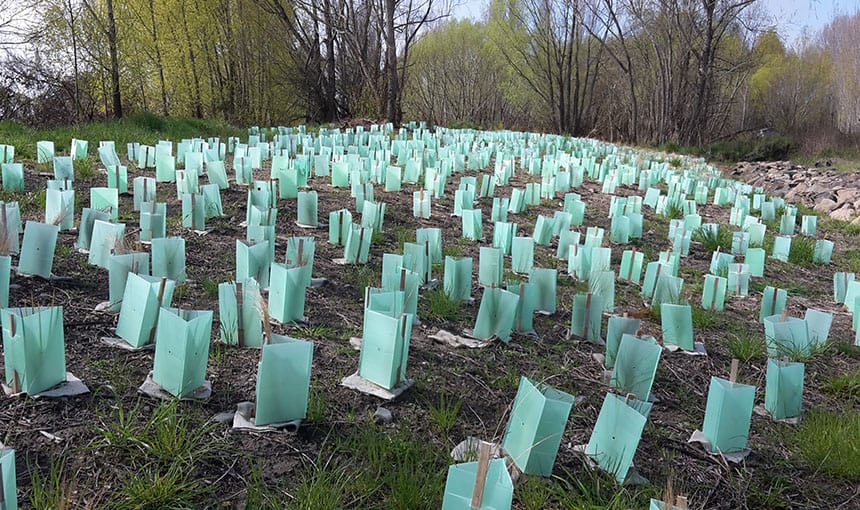To substantially increase the scale of native restoration, several issues need to be built into restoration planning, implementation and monitoring, according to a paper co-authored by Challenge Project Leader Professor David Norton of the University of Canterbury
The study focuses on areas that have been used for pastoral farming – which comprise 40% of Aotearoa’s land area – because these are the areas that will get the most conservation benefit from substantially upscaling restoration activities. Upscaling means dramatically increasing the land area of restoration activities to tens or hundreds of thousands of hectares.
“Upscaling restoration efforts in New Zealand and globally poses many challenges, but the potential gains for biodiversity conservation far outweigh the costs of tackling these challenges,” David says.
Those gains include increasing the total area of native habitat for flora and fauna, enhancing linkages between remnants of the original forests and removing carbon dioxide from the atmosphere. The restored areas reduce soil erosion and purify water, plus the native plants and animals are beneficial in relation to cultural values – for both Māori and Pākehā.
In this study, we have reviewed what we see as some of the challenges facing upscaling restoration activities in New Zealand and have made eight recommendations that we believe will help enhance the outcomes of large-scale restoration. These are particularly relevant given the Government’s recently announced One Billion Trees initiative which is proposed to include a substantial component of native planting.”
To maximise the impact of the recommendations, robust national guidance is needed to help those who will potentially implement them – including nurseries, restoration practitioners, community groups, iwi, government and non-government organisations, David says.This science is underway in a BioHeritage Challenge project investigating native biodiversity in agroecosystems, led by David, Dr Hannah Buckley (AUT), and a team from AgResearch, the University of Auckland, and the Catalyst Group.
The eight recommendations:
- Retain what is left and manage it properly.
- Before starting restoration, address the factors that limit natural regeneration because these will also limit any planting.
- Consider how large-scale plantings can increase linkages between native habitats, plus the total area of native habitat, and how they’ll enhance all-year round food supplies for local fauna.
- Eco-source an ecologically appropriate range of plant species and mycorrhizal fungi.
- Establish certification for seed and seedling supply.
- Invest in new technologies for revegetation, especially for steep, inaccessible hill country.
- Adopt best-practice planting and early management, including appropriate monitoring, to ensure the long-term success of restoration.
- Integrate all areas of native vegetation – for example public, private, old growth, regenerating and planted – for an optimum result.
